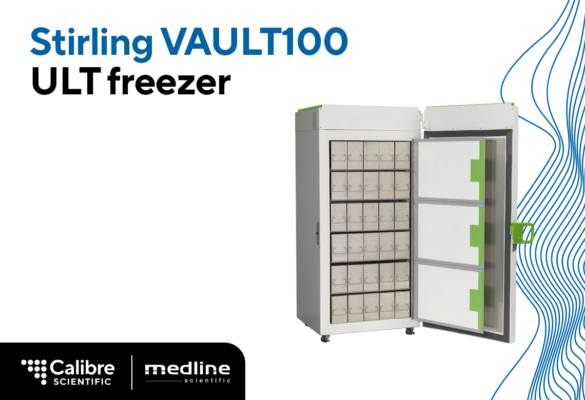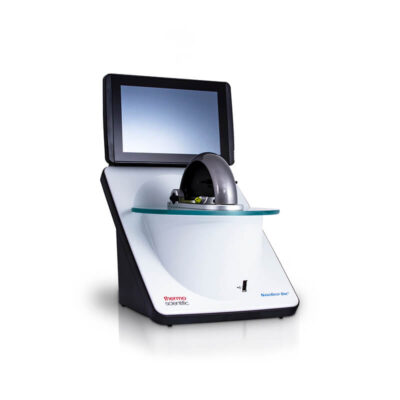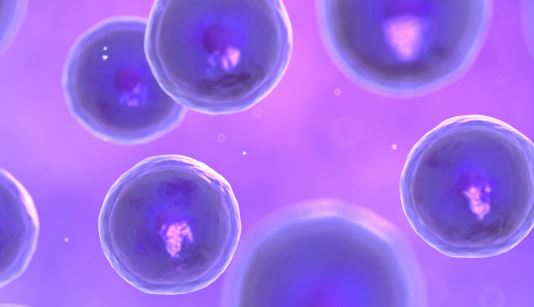For World Water Day 2024, we’ve brought together our top 10 water-saving tips for laboratories that are looking to work more sustainably.
Water-usage in laboratories
Did you know? The water required to cool just one condenser for 17 days is more than the average 4-person household uses in a year![1]
Laboratories consume a lot of resources, especially water. In many labs, equipment with a high water consumption is necessary, for example ice machines, autoclaves, glasswashers, water baths, aspirator pumps, evaporators, and condensers. This is, however, both economically and environmentally unsustainable.
Many organisations in all industry sectors are looking to reduce their water consumption, the associated costs, whilst improving their sustainability. Below, we have highlighted some basic working practices and simple water-saving tips for laboratories that could help you reduce your water usage.
For further information, check out our Sustainable Solutions microsite.
Water-saving tips for laboratories
- Closed-loop systems for cooling: There are many processes and instruments that require water for cooling. Traditionally, this is achieved by running tap water continuously (and then down the drain). Not only does this use a lot of tap water, it can also leave laboratories vulnerable to flooding, when unattended. Consider investing in closed-loop water re-circulation equipment for your cooling requirements.
- Consider water alternatives: For some applications, there is an alternative to using water. For example, Lab Amor™ beads can be used instead of water in water baths and instead of ice in ice buckets!
- Use equipment efficiently: Autoclaves and glasswashers are two of the biggest water consumers in the laboratory. Whenever possible, only run a cycle when they are full and efficiently loaded. Try to coordinate with other labs/departments to make maximum use of each cycle.
- Use the right water: The processes involved in producing high-quality or analytical lab water require both energy and water (distillation, deionisation, reverse osmosis), and consumables. So, use this water conservatively and only when required for the application. Use the correct water purity (grade/type) for your application. If you only use small volumes of purified water, it may be better to purchase it, ready-made.
- Invest in efficient glasswashers: Choose manufacturers that offer more energy-efficient models that also require less water during their rinse cycles.
- Switch to a vacuum pump: Replacing your aspirator pumps with vacuum pumps can offer significant water savings. Vacuum pumps do not require any water for operation.
- Check the water flow: If equipment must have mains-to-drain cooling, check whether the water flow is greater than required. If so, it may be possible to fit a flow restrictor to save water usage.
- Fix leaks: Obvious but often ignored, report and fix any leaks or dripping taps.
- Install timers: Ensure that equipment and instruments that require large amounts of water, such as ice machines, are switched off when not in use. By using timers, equipment can be turned off during evenings and weekends, but ready for use when you next arrive in the lab.
- Create signs: Use signs to remind other users when pieces of equipment can be switched off without impacting daily workflows.
Organisations such as S-Labs, My Green Lab, and Green Light Laboratories, and initiatives like LEAF (at UCL) have plenty of resources and tools to assist laboratories that are looking to work more sustainably.
Focus: Chillers / Closed-loop systems
Traditionally, tap water is used in many applications for cooling in the laboratory. These include rotary evaporators; condensers (for glass apparatus), Kjeldahl instruments; measuring cells; CCD cameras; calorimeters; polarimeters; refractometers; soxhlet apparatuses.
Recirculating coolers and chillers provide an environmentally-friendly alternative to cooling with tap water. Water is recirculated around a closed system rather than flowing down the drain. Additionally, they provide constant and repeatable parameters such as flow rate, pressure and temperature. Although, chillers require an initial outlay, they can offer a short payback period. An independent case study conducted by Green Light Laboratories Ltd demonstrated that when continuous cooling was required for one condenser 24/7, a chiller pays for itself (with reduction in water costs) within just a few months.[1] The payback period was less than a year for those that required cooling for a large part of the day. Laboratories cooling more than one condenser (or more than one piece of equipment) would benefit from shorter payback periods.
Discuss your application requirements
It can be helpful to discuss your application requirements with a specialist provider, such as Julabo. They can carry out a full onsite assessment and advise on the right system for the best water savings-to-cost balance. With their wide product range, they are able to provide custom cooling water solutions—from a basic single application to a full laboratory solution with multiple connections. This can be achieved by using a single system or multiple systems depending on the size, scale and applications involved.
Julabo’s F Series chillers provide a simple environmentally-friendly alternative to cooling with tap water. Links are provided for further information.
View payback examples for F Series chillers.
View F Series product information.
Alternatively, if you would like to discuss your requirements or book an onsite assessment, please contact us: enquiries@medlinescientific.co.uk.
[1] Chillers versus Water: case study by Green Light Laboratories, 2018






